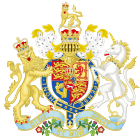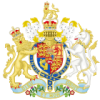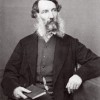Morant Bay, Jamaica
Morant Bay is a town in southeast Jamaica and the capital of St. Thomas parish, located east of the capital, Kingston. During the nineteenth century, the parish was an area of sugar cane plantations. The Morant Bay Rebellion of 1865 began as a protest by local citizens against the country’s poor economic and social conditions. Related BRANCH Article: Sarah Winter, “On the Morant Bay Rebellion in Jamaica and the Governor Eyre-George William Gordon Controversy, 1865-70”
Coordinates
Latitude: 17.882234196206
Longitude: -76.411292551202
Longitude: -76.411292551202




